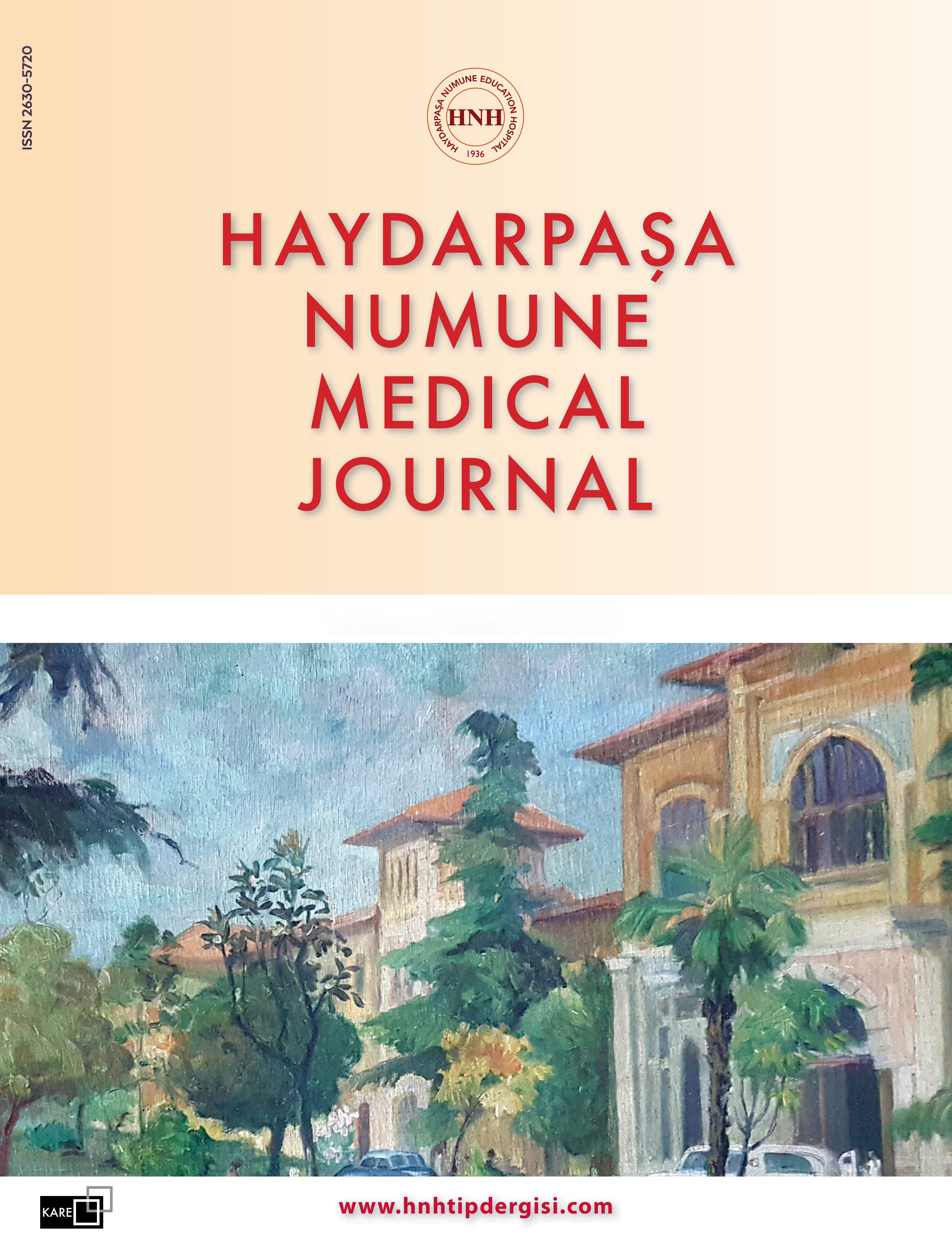Evaluation of the Results of the Use of two Different Anticoagulants in COVID-19 Patients who Were Followed-Up and Treated in the Intensive Care Unit
Seyfi Kartal1, Esra Kongur1, Abdullah Özdemir2, Çağatay Erman Öztürk3, Mustafa Arslan41Department of Anesthesiology and Reanimation, University of Healthy Sciences, Trabzon Kanuni Training and Research Hospital, Trabzon, Türkiye2Department of Anesthesiology and Reanimation, Recep Tayyip Erdogan University Faculty of Medicine, Rize, Türkiye
3Department of Intensive Care Unit, University of Healthy Sciences, Samsun Training and Research Hospital, Samsun, Türkiye
4Department of Anesthesiology and Reanimation, Gazi University Faculty of Medicine, Ankara, Türkiye
INTRODUCTION: The risk of thromboembolism increases due to tendency to coagulopathy, excessive inflammation, hypoxia, and immobility in patients who are treated of COVID-19 in Intensive Care Units (ICU). Therefore, thromboembolism prophylaxis (anticoagulant therapy) is recommended. There is no clear recommendation in the literature regarding the dose and duration of anticoagulant therapy. In this study, we evaluate of two different anticoagulant administrations in terms of prognosis and mortality in COVID-19 patients who were followed up and treated in the ICU.
METHODS: After the approval of the Ethics Committee, the study was carried out by retrospectively in ICU affiliated to three different centers. The patients were divided into two groups as those using anticoagulant at a prophylactic dose (Group 1) and treatment dose (Group 2). Various parameters of the patients were evaluated.
RESULTS: Of the 91 patients included in the study, 61.5% received prophylactic and 38.5% therapeutic anticoagulants. The rate of male patients 73.9% was found to be significantly higher in the mortal group (p=0.014). About 75.9% of the patients who received mechanical ventilation treatment and 13.59% of the patients who were not applied died (p<0.001). Mortality was higher in the group using prophylactic anticoagulants (58.39% vs. 37.1% p;0.043). Patients using prophylactic doses of anticoagulants had 2.42 times more mortality (Odds Ratio=2.42). Hb levels were found to be lower (p=0.017) and pro-thrombin time and partial prothrombine time values were long (p=0.048 and 0.038, respectively) in patients who received anticoagulants at the treatment dose.
DISCUSSION AND CONCLUSION: Despite the increased tendency for thrombosis in COVID-19, there is no clear preventive or protective treatment. Hence, if there is no contraindicated situation, we believe that anticoagulants can be used safely at the treatment dose to avoid possible thromboembolic complications and reduce the risk of mortality. There is a need for largescale studies on dose selection in terms of prophylaxis.
Manuscript Language: English
















